Actor and singer Arthur Singer died last Wednesday (6/4), aged 13, after suffering a stroke (stroke). Doctors informed the family that the teenager was born with a malformation, which ended up resulting in a hemorrhagic stroke.
“My son never complained of a headache and we only try to do a CT scan, an MRI, when we have a complaint”, says Arthur’s mother, Meyre Adrian, in an interview with Gshow.
A stroke, also known as a stroke, occurs when vessels that supply blood to the brain clog or rupture, causing paralysis in an area of the brain deprived of blood circulation. The condition is one of the leading causes of death in adults, according to the Ministry of Health, and can be classified as hemorrhagic or ischemic.
In cases like Arthur’s, with a hemorrhagic stroke, a vessel in the brain ruptures, causing hemorrhage. Bleeding can happen within the tissue of the organ or on the surface between the brain and the meninges. Although it accounts for only 15% of all stroke cases, it can cause death more often than ischemic stroke.
Unlike adults, whose main causes of stroke are modifiable and non-modifiable factors, such as high blood pressure, age, diabetes, obesity and overweight, smoking or drug use, children and adolescents tend to suffer accidents due to congenital causes.
The main causes of stroke in youth are malformations of the heart (congenital heart disease), inflammation of the vessels of the central nervous system (vasculopathies or vasculitis), sickle cell anemia, malformations of vessels (aneurysms), dysfunctions in the immune system and acute infections. and chronicles, explains physiotherapist and researcher Carolina Oliveira, in an article published on the Hospital de Clínicas Unicamp website.
A stroke, also known as a stroke or stroke, is an interruption of blood flow to a region of the brain.Brazil Agency
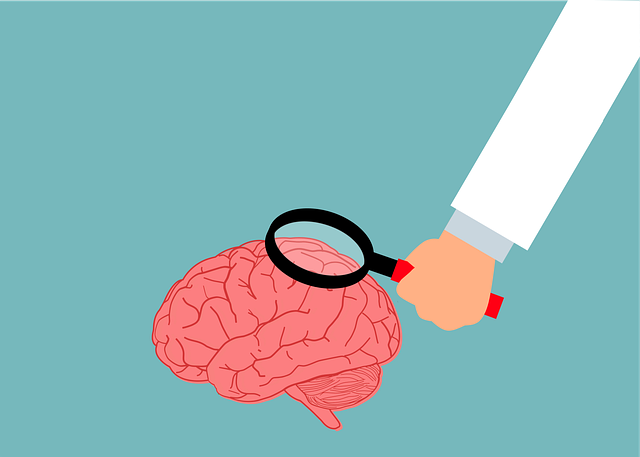 ***brain-6974397_640
***brain-6974397_640The accident can occur for several reasons, such as accumulations of fatty plaques or formation of a clot – which give rise to ischemic stroke – bleeding due to high blood pressure and even rupture of an aneurysm – causing hemorrhagic stroke.Pixabay
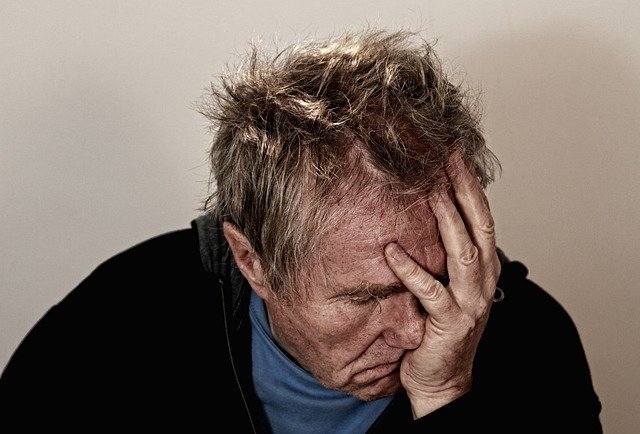 ***man-513529_640
***man-513529_640Many symptoms are common to ischemic and hemorrhagic strokes, such as: very severe headache, weakness or numbness in some part of the body, paralysis and sudden loss of speechPixabay
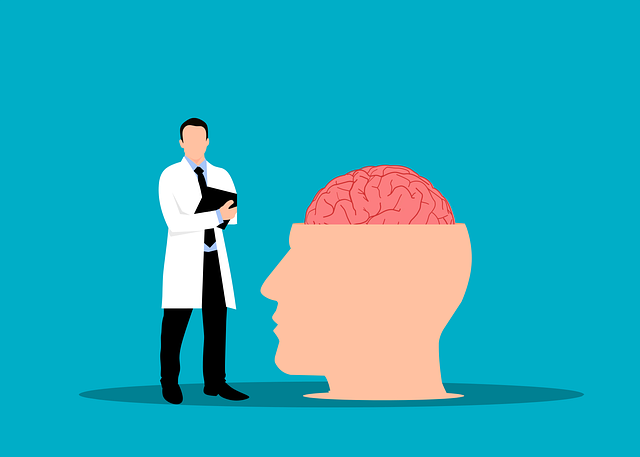 ***neurology-6952525_640
***neurology-6952525_640Stroke has no cure, however, it can be prevented in most cases. When this happens, it is possible to invest in treatments to improve the condition and in rehabilitation to reduce the risk of sequelae.Pixabay
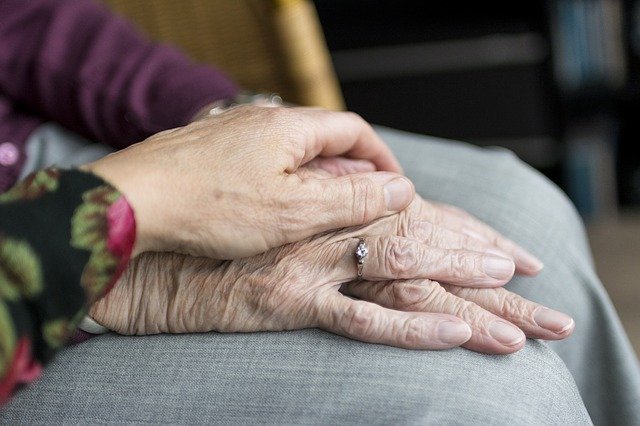 ***hands-2906458_640
***hands-2906458_640Most of the time, it happens in people over 50 years old, however, it is also possible to affect young people. The disease can happen due to five main causesPixabay
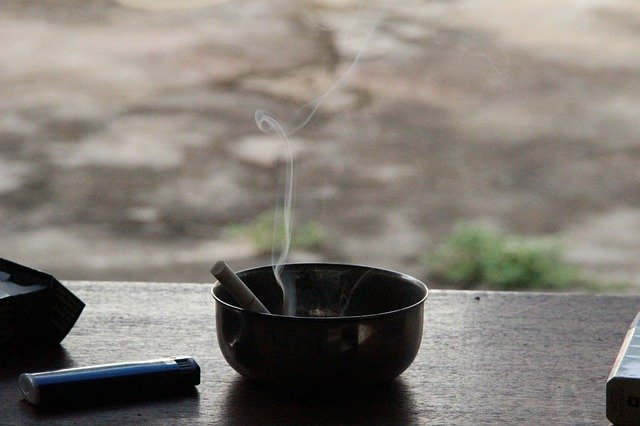 ***cigarette-724423_640
***cigarette-724423_640Smoking and poor diet: it is important to adopt a healthier diet, rich in vegetables, fruits and lean meat, in addition to practicing physical activity at least 3 times a week and not smokingPixabay
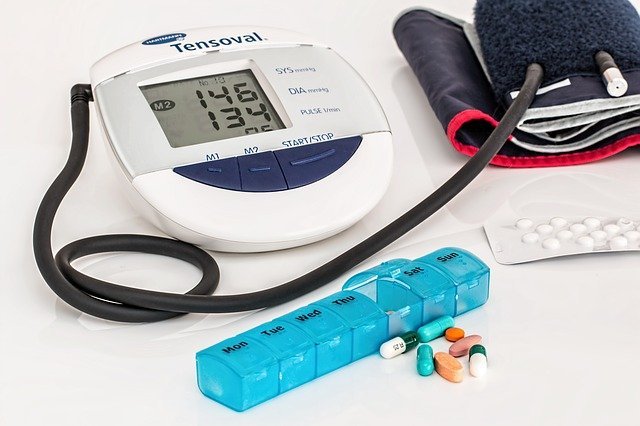 ***hypertension-867855_640
***hypertension-867855_640High blood pressure, cholesterol and diabetes: these diseases must be adequately controlled, in addition to adopting healthy lifestyle habits to reduce their negative effects on the body, since they can trigger strokesPixabay
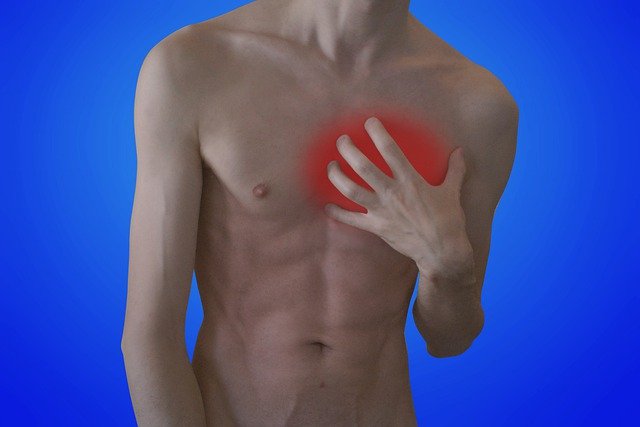 ****chest-pain-6357974_640
****chest-pain-6357974_640Defects in the heart or blood vessels: these changes can be detected in routine consultations and, if identified, must be followed up. In some people, it may be necessary to use medications, such as blood thinners.Pixabay
 ***woman-3083390_640
***woman-3083390_640Illicit drugs: it is recommended to seek help from a center specialized in drugs so that the detoxification process can be carried out and, thus, improve the patient’s quality of life, reducing the chances of strokePixabay
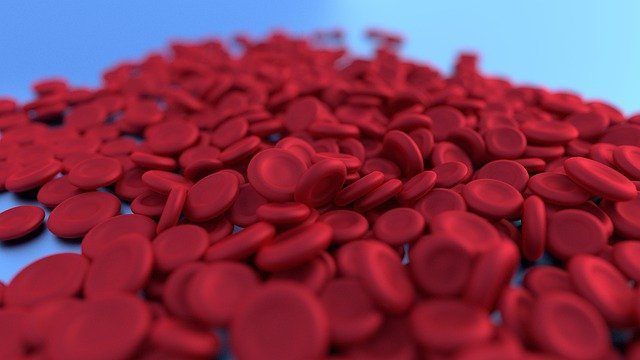 ***red-blood-cell-4807214_640
***red-blood-cell-4807214_640Increased blood clotting: diseases such as lupus, sickle cell anemia or thrombophilias; diseases that inflame blood vessels, such as vasculitis; or cerebral spasms, which impede blood flow, should be investigated Pixabay
0
Stroke symptoms in children
Stroke symptoms may manifest themselves more subtly in childhood. Children and adolescents may have sudden difficulty walking or have an epileptic seizure.
General signs include sudden motor weakness, difficulty speaking and swallowing, drowsiness, irritability, visual impairment, sensitivity and cognitive changes, as well as attention deficit, according to Albert Einstein Hospital’s child neurologist, Rejane de Souza Macedo.
Sequelae after stroke
One of the main concerns of physicians regarding patients who survive a stroke is the sequelae that remain. These children and adolescents may experience loss of movement, seizures, intellectual deficit and behavioral changes.
Get news from metropolises on your Telegram and stay on top of everything! Just access the channel: https://t.me/metropolesurgente.
